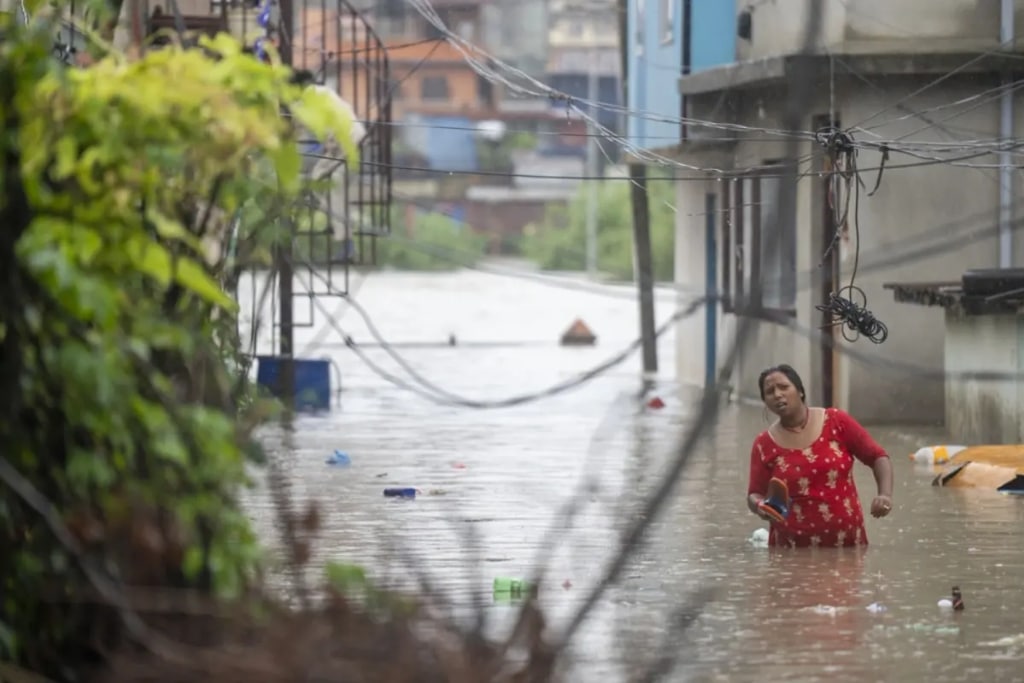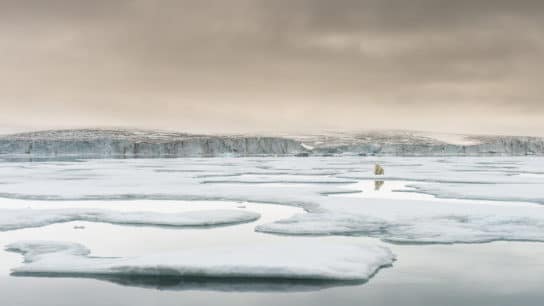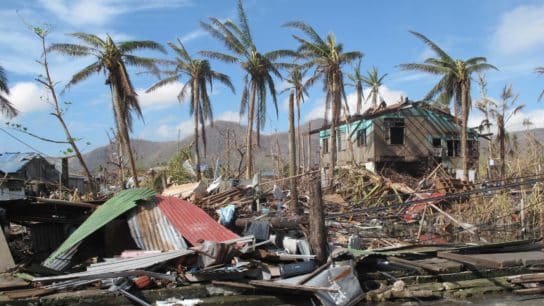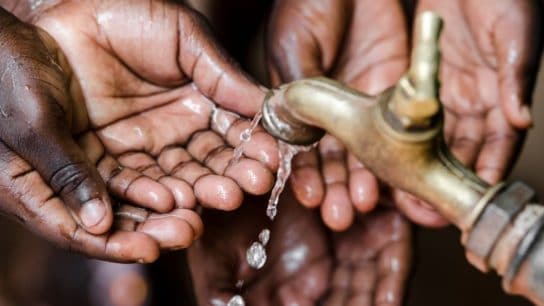244 people died in central and eastern Nepal last month as record rainfall triggered flash floods, landslides and riverine flooding.
—
Human-made climate change made the heavy rainfall that battered Nepal last month more intense and more likely, new research shows. The three-day event led to flash floods, landslides, and riverine flooding that killed 244 people and brought parts of the country, including the capital Kathmandu, to a standstill.
Rain records were broken across central and eastern Nepal, with some 25 weather stations in at least 14 other districts recording more than 320mm of rainfall on September 28, the equivalent of about half of London’s total annual rainfall and the highest recorded in Nepal in the past 54 years. The country began its current system of measuring and recording rainfall in 1970.
The heavy downpours led to the Bagmati, Sapakoshi, and Nakkhu rivers, which were already running high after months of seasonal monsoon rainfall, to overflow, causing widespread devastation and displacing thousands.
A rapid attribution analysis conducted by a group of leading scientists concluded that such a rainfall event is approximately 70% likelier to occur in today’s climate, which is 1.3C warmer than pre-industrial times.
Human-made climate change is also making downpours more intense. An analysis of weather data and climate models revealed that last month’s rain was made 10% heavier by climate change.
A warmer atmosphere, heated by fossil fuel emissions, can hold more moisture, resulting in heavier downpours. For every 1C that Earth’s atmospheric temperature rises, the amount of water vapor in the atmosphere can increase by about 7%.

“Yet again, we’ve seen fatalities from a flood in Asia reach triple digits in 2024,” said Friederike Otto, senior lecturer at the Centre for Environmental Policy and one of the scientists behind the study by World Weather Attribution (WWA). “The world’s sluggish shift away from oil, gas and coal is resulting in death for the poorest, most vulnerable people. Floods like these will keep getting bigger, deadlier and costlier until fossil fuels are replaced with renewable energy,” added Otto, who is also WWA’s co-lead.
The study, published Wednesday, is the fourth by the group this year highlighting how climate change made flooding events in Asia stronger and more devastating.
Climate change is disproportionately affecting Asia. In April, the World Meteorological Organization (WMO) said the continent was hit hardest by climate change in 2023, with a total of 79 water hazard-related disasters that killed more than 2,000 people and directly affected 9 million people.
Rapid Urbanization Exacerbates Risks
Metropolitan centers like Kathmandu and Lalitpur were among the hardest hit. According to WWA, their geographic location, along a valley with few natural drainage points and in proximity of rivers, makes them highly vulnerable to flooding and landslides.
Rapid urbanisation and deforestation further exacerbated the Kathmandu Valley’s vulnerability to flooding. Buildings and infrastructure, which have increased by 386% in only three decades, have replaced agricultural land, disrupting natural water processes and leading to higher likelihood of flooding. Soil erosion and sedimentation from widespread deforestation have also significantly affected the soil’s ability to absorb rainwater, increasing flood risk.
“Disasters are developmental problems as clearly seen in Nepal. It is high time to avoid disaster risk creation, focus on climate change adaptation and mitigation,” said Emmanuel Raju, director of the Copenhagen Centre for Disaster Research at the University of Copenhagen and one of the scientists behind the latest assessment. “Efforts must be made to avoid building in unsafe areas. Social protection investments are needed immediately to help with recovery and future disaster risk reduction,” he added.
Featured image: AP via Free Malaysia Today (CC BY 4.0).
This story is funded by readers like you
Our non-profit newsroom provides climate coverage free of charge and advertising. Your one-off or monthly donations play a crucial role in supporting our operations, expanding our reach, and maintaining our editorial independence.
About EO | Mission Statement | Impact & Reach | Write for us














